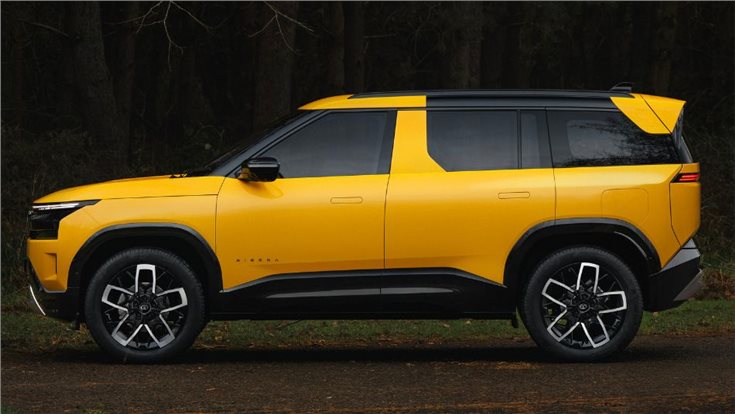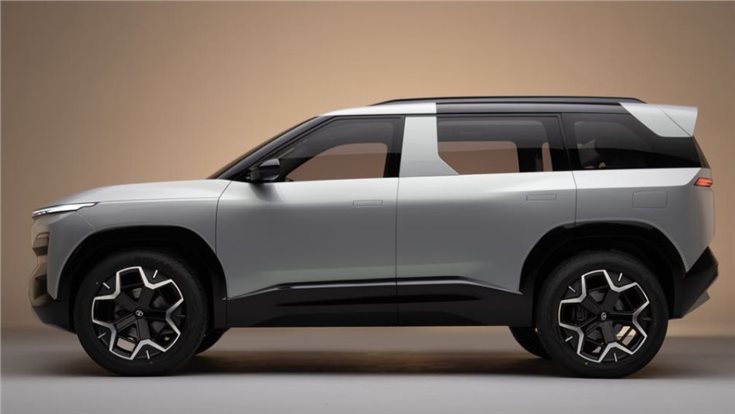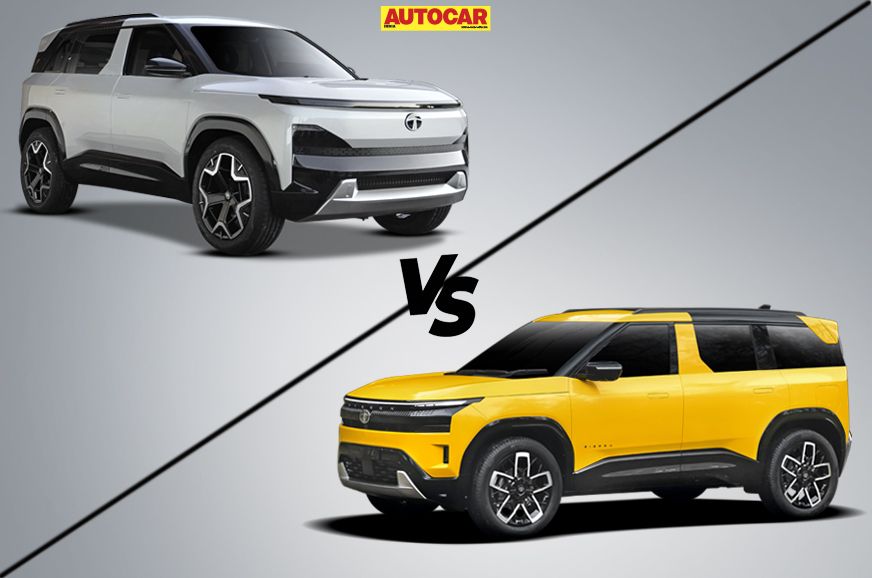
Tata Motors had one of the widest product portfolios on display at the Auto Expo 2025, and the new Sierra was certainly a standout at the entire event. This was our first glimpse at the ICE version of the Sierra, with Tata Motors having previewed the Sierra EV previously in different stages of development. Unsurprisingly, as is the case with Tata’s existing ICE/EV siblings (Nexon/Nexon EV, Curvv/Curvv EV), both versions of the Sierra have a lot in common.
There are, however, a few subtle differences that set them apart, so let’s take a closer look.
Tata Sierra vs Sierra EV: exterior design
The Sierra and Sierra EV are most differentiated on their fascia, largely marked out by different use of colours. The Sierra gets a gloss black finish for the upper part of the nose, while the bumper below gets a body-coloured finish. The Sierra EV reverses it with a body-coloured finish for the upper portion, while the lower bumper gets a gloss black finish.
The latter also gets a far cleaner design for the bumper, likely in the interest of aerodynamic efficiency, while the Sierra gets functional air vents as is requisite of an ICE vehicle, and a slightly textured finish for the grille. Both get a full-width LED light bar headlining the face, and a prominent faux silver skid plate on their chin.
In profile, however, attractive and iconic as it is, the two Sierras are only set apart by a different design for the alloy wheels. The most defining element is, of course, the signature wraparound effect for the rear window that’s smartly executed with a blacked-out area for the roof. This also gives a floating design effect for the rear spoiler. Both Sierras get flush door handles, thick gloss black cladding, a distinctive kink in the B-pillar, sharply raked windscreen and a very upright rear end.
At the rear, too, both SUVs, are near identical with a slab-sided tail gate, a full-width light band and a dual-tone bumper with a faux silver skid plate.
Tata Sierra vs Sierra EV: interior and features
Tata Motors hasn’t yet revealed the production-spec interior of the Sierra, but says it’s still a “work in progress”. Interestingly though, a lot is different on the inside of the two Sierras. Back in 2023, Tata Motors previewed the Sierra EV with two separate screens for the instrumentation and infotainment. The interior was also more concept-like with moss inserts on the dash and concealed AC vents. The HVAC panel and centre console, however, were pretty familiar from the Nexon and Curvv.
The ICE-powered Sierra showcased at the most recent Auto Expo, however, had a triple screen setup, functional AC vents and a familiar four-spoke steering wheel. The lower part of the dashboard, however, was still under wraps, suggesting that work is still being done on this area. In final production-spec though, both Sierras will likely use the same interior in the interest of cost. Sources say the Sierra will come in both 4- and 5-seater seating configurations.
Tata Sierra vs Sierra EV: powertrain
Technical details on the Sierra are currently very scarce, both for the ICE and EV. We do know that the Sierra will get Tata’s new 1.5-litre direct-injection petrol engine, and the 2.0-litre diesel is also expected to be on offer. However, there are no battery or motor configuration details of the Sierra EV yet.
We should have more details closer to its launch which is slated for the second half of 2025, and both ICE and EV versions will be launched simultaneously. The Sierra is currently in its final stages of development, and upon launch, the Sierra will be Tata’s direct answer to likes of the Hyundai Creta/Creta Electric and the Maruti Grand Vitara/e Vitara in the burgeoning midsize SUV segment.
Also See:
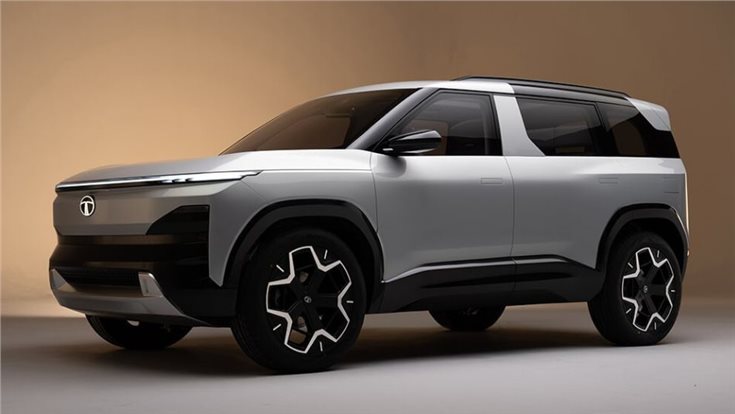
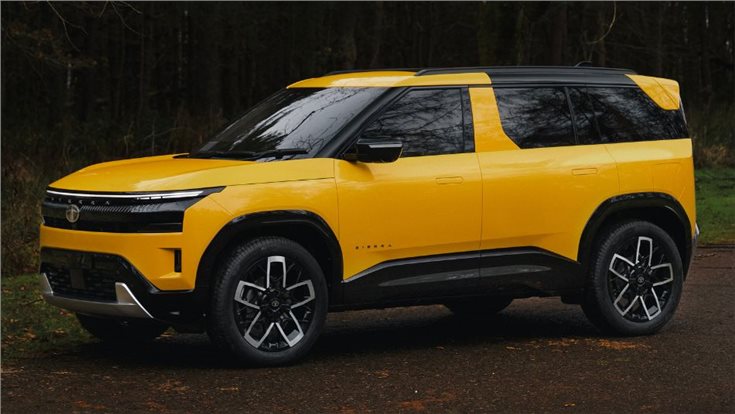
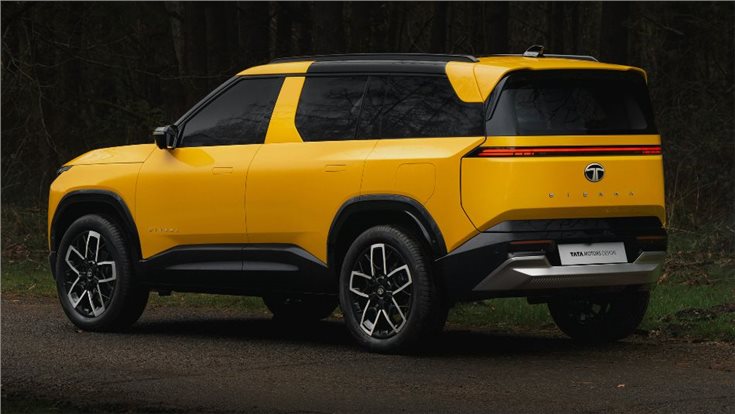

.jpg&w=735&h=415&q=85)
.jpg&w=735&h=415&q=85)
